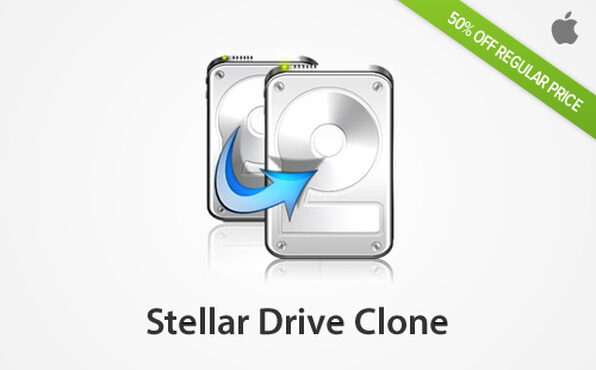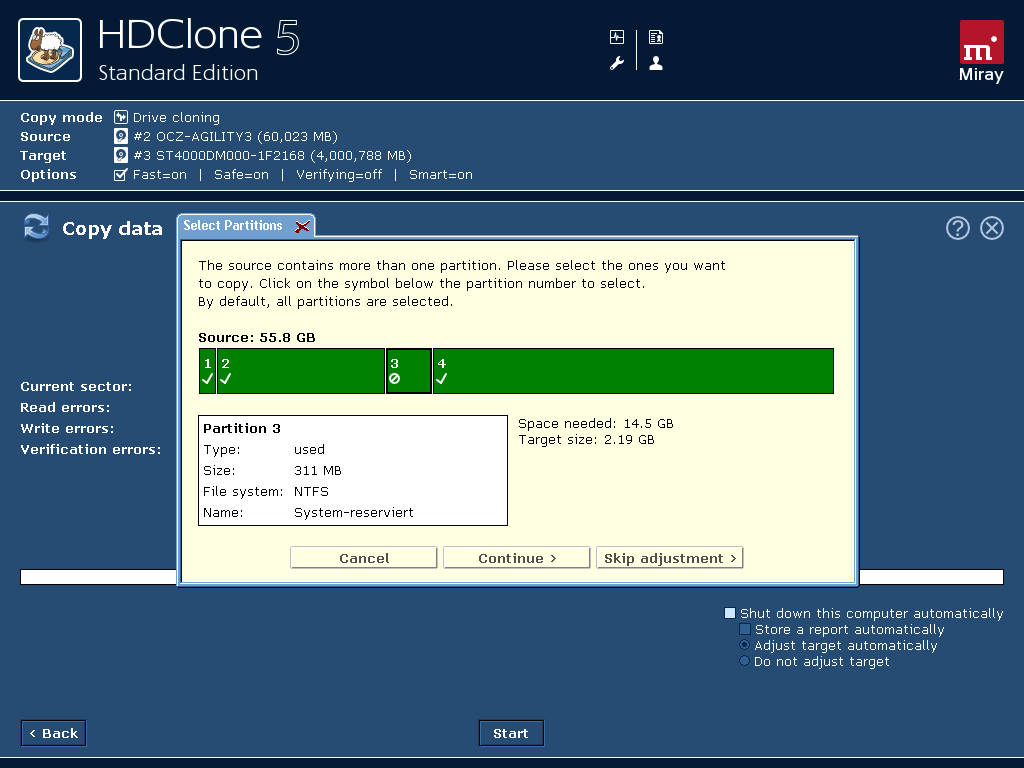

- #Stellar drive clone software install#
- #Stellar drive clone software update#
- #Stellar drive clone software trial#
- #Stellar drive clone software mac#
#Stellar drive clone software install#
SuperDuper has two post-run options that Carbon Copy Cloner lacks: It can create a disk image of the destination volume (useful in an institutional setting where you may need to copy an image to multiple Macs), and it can install a package-based app on the destination.
#Stellar drive clone software update#
(For example, I update my iMac’s clone twice a day, since its destination drive remains connected all the time, but my MacBook Pro’s clone updates only when I plug in my backup drive.) Both apps also let you schedule backups to run unattended-on a recurring schedule, when the destination drive is mounted, or both. Likewise, you can use either app to restore a drive from a disk image. Carbon Copy Cloner also offers encryption for disk images, while SuperDuper lets you choose from three levels of compression. In addition to using an actual drive as the destination, each app can copy the source volume to a disk image (which won’t itself be bootable, but which can be restored to a drive that will then become bootable) you can choose from among several disk-image formats, with or without compression.


#Stellar drive clone software trial#
(The free trial version of SuperDuper disables the incremental update feature, which Shirt Pocket calls Smart Update.) Both also let you deselect specific files, folders, or filename patterns to omit them from your backup, although they have very different interfaces for doing so-I find this task much easier to accomplish in Carbon Copy Cloner than in SuperDuper. Each utility provides a plain-English summary of what’s about to happen you then click a button to begin the copying operation.īoth apps give you the option to erase the destination before copying files from the source or to update your clone incrementally to reflect only those files that are new, changed, or deleted since the previous cloning run. In both apps, you choose a source drive (say, your startup volume) from a pop-up menu on the left, a destination drive (your clone-backup volume) from a pop-up menu on the right, and any desired options using additional pop-up menus or buttons. Each has a long history, focuses on cloning, presents a simple and clear user interface, and includes unusual features that make it an especially good choice for creating and maintaining bootable duplicates.įor everyday cloning tasks, SuperDuper and Carbon Copy Cloner are equally good in almost every respect, and they have a core set of features in common. Most of these apps and processes do an entirely respectable job, but two cloning utilities-Shirt Pocket’s $28 SuperDuper and Bombich Software’s $40 Carbon Copy Cloner-stand above the rest. (You can see a list in the online appendix to my book Take Control of Backing Up Your Mac.) It’s also possible (if not especially convenient) to clone a drive using Disk Utility or by using the diskutil command in Terminal. More than two dozen third-party backup apps can make bootable duplicates. (For more details, read Mike Bombich’s article What makes a volume bootable?) All this is best done with a utility designed expressly for cloning. And, crucially, the System folder (/System) on the backup drive must be “blessed,” which entails recording its physical location on the drive in a special portion of the drive’s hidden HFS Volume Header.
#Stellar drive clone software mac#
Symbolic links (Unix-based file references that function like Mac aliases) must be recreated correctly. Every file on your drive-including thousands of hidden files-must be copied just so, with permissions and other metadata intact. Unfortunately, you can’t make a clone merely by copying files from your startup volume to an external drive in the Finder. (Your Mac’s built-in OS X Recovery features include Disk Utility, but sometimes you need a drive-repair app with more oomph.) Finally, having a clone is essential when upgrading to a new version of OS X, because it gives you the option to easily revert to your previous system (by erasing your upgraded-OS drive and then restoring from the clone) if compatibility problems arise. A clone also comes in handy for troubleshooting, because you can use it to run third-party utilities on your ailing drive.


 0 kommentar(er)
0 kommentar(er)
